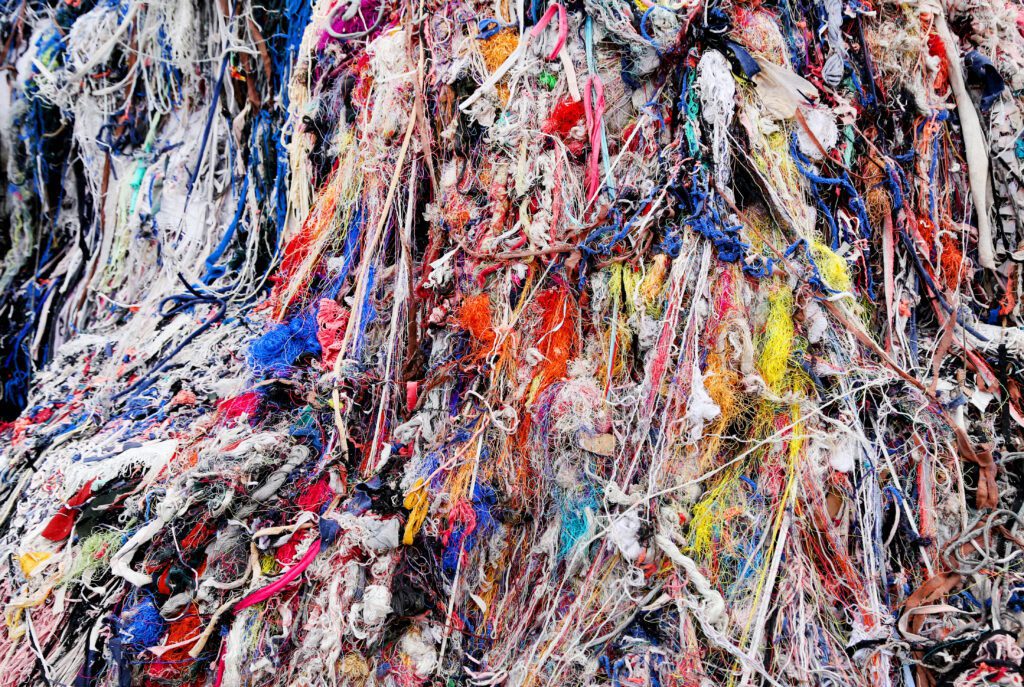
The first step in the project has focused on consolidating the feedstock and product specification needs, constraints, and standards for the respective textile recycling paths (Polyester, Polyamide, Cotton) which have been provided by the project’s downstream value chain actors; namely, recycling partners, yarn spinners and apparel consumer product retailers.
The information from the downstream actors was then consolidated into the specifications guidelines, in order to provide process and quality guidance to bring them together the textile waste collection, sorting and preparation stages. This exchange of knowledge creates synergy across the value chain, helping to deliver the correct feedstock requirements.
The challenges highlighted by the partners in balancing efficiencies, quality, and scale also reiterate the need for a harmonized approach to circular infrastructure solutions. This will help realise the opportunity to transform existing waste collection and sorting practices for post-consumer textile waste, and address existing barriers and common limitations of recycling processes with regards to purity and quantity challenges impacting desired outcomes of efficiency and scale.
Synergies in collection and sorting practices could increase specific feedstock supply volumes (e.g. reduce the diversion of non-compatible feedstock materials to non-recyclable waste paths typical in a single material waste sourcing model).
Textile sorting practices remain almost entirely manual, with secondary sorting for specific materials supported by material composition recognition devices — typically near-infrafed spectroscopy technologies (NIR) — but are limited with respect to multi-layer garments, multi-material weaves, finishes (e.g. dyes, colours, and coatings) and material variations.
Preference for no metal and hard points (e.g. buttons, zippers, etc.), with a disassembled and shredded final material for further agglomeration.
Elastane is problematic for all specified feedstocks and is highly abundant in apparel products.
The manufacture of clothing and specifically for quality sporting goods, largely rely on performance functions (e.g. moisture management, air permeability and thermal performance), durability, and comfort (e.g. next to skin products require certain yarn / textile properties).
Practices and learnings from existing business models in textile waste recycling and other established waste recycling businesses (e.g. packaging, food waste, etc.) are important references for how to optimise and scale the textile recycling value chain (e.g. moving to automated textile sorting, understanding geographical influences, operational challenges and synergies, workforce, societal role, etc.).
Download the full document here.